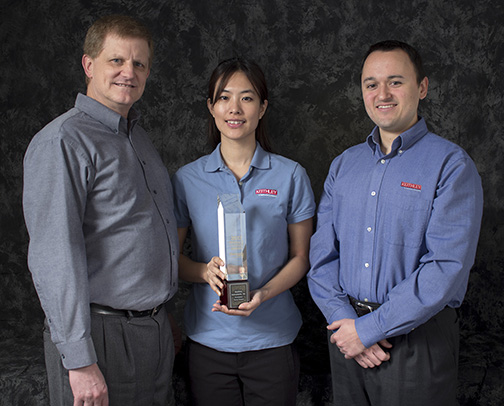When Keithley linked up its test and measurement equipment with that of Tektronix, many of its customers — considering the companies' joint experience with precison test applications — asked if the combined companies were going to make curve tracers again. Engineers still use and love their old Tektronix curve tracers, which, unfortunately, are no longer made. But many have found that curve tracers continue to provide unique functionality that they can use in the development of power semiconductor devices.
Power semiconductor devices are growing in importance and capability, creating new test challenges, especially as new technologies such as SiC and GaN are adopted. That's because devices based on these technologies have very low leakage currents and on-resistances, which are important to measure and specify on product datasheets; they are major competitive features. This situation has created new test needs for materials research, device characterization, failure analysis, reliability, wafer sort, incoming inspection, and modeling, as well as datasheet generation. The typical lab-to-fab workflow for power semiconductor design and development requires parameter analyzers, source measure unit instruments, and curve tracers.

Accepting the Product of the Year Award for the PCT development team are (from left to right) Mr. A, Ms. B, and Mr. C.
After discussions with engineers at several fabs, Keithley's development team recognized the need for a cost-effective test system that combined the simplicity of a curve tracer with the high precision of a parametric analyzer. Thus, the designers were able to come up with the Parametric Curve Tracer (PCT), a configurable system whose configurations can offer the best of a curve tracer and a parameter analyzer suited to a client's particular measuremnt needs. Benchtop systems, the PCT configurations are comprehensive solutions that include instruments, cables, test fixture, software, test libraries, and sample devices.
In trace mode, the system emulates a curve tracer, generating rapid visual results of device characteristics. The operator watches the graph plot and controls the source power manually in real time. The “knob” for the curve tracer is replaced by a software slider. The trace mode is used to quickly determine device condition (bad or good) and device boundaries (breakdown voltage) and is commonly used in device development and failure analysis.
In parametric test mode, each test has clearly defined variables (such as start, stop, and step levels of sweep) and outputs precise digital data, which is necessary for parameter extraction (such as, hfe, RdsON, and gm). The operator controls the test programmatically. Tests can run automatically without operator intervention. The parametric test mode is commonly used in device qualification, process monitoring, and datasheet generation.
This ingenious modular approach — based on using existing instruments as building blocks — allows Keithley to offer the PCT configuration for far less cost than alternative solutions. What's more, because PCTs are flexible by design, an entry-level configuration can be field upgraded at any time as testing needs change.
Advertisement
Learn more about Keithley Instruments





